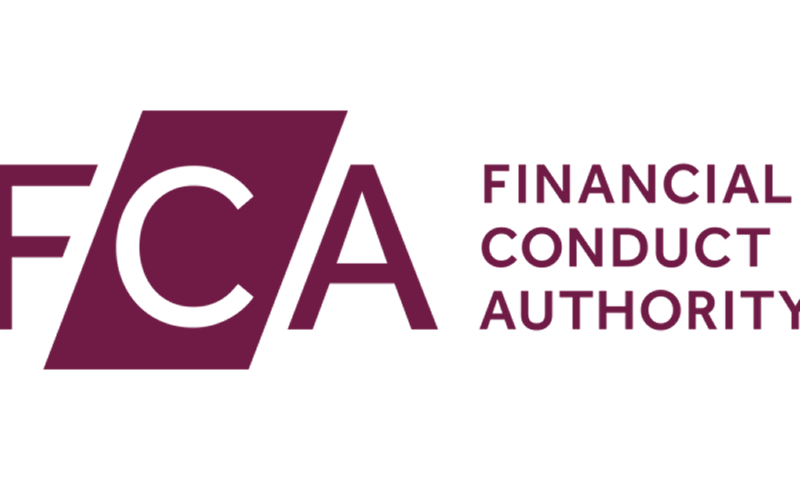In an update on its motor finance work published in March the FCA indicates that commission structures can cause consumer detriment if appropriate systems and controls are not in place. The FCA also notes that commission arrangements could give rise to conflicts of interest leading to higher interest charges for motor finance consumers.
Types of commission structure
The FCA identified four main types of commission structures used in the motor finance market: interest rate upward adjustment (‘Increasing DiC’), interest rate downward adjustment (‘Reducing DiC’), scaled commission and flat fee commission, as illustrated below.
The FCA has set out these four models in descending order of risk, with DiC presenting higher risk.
Increasing DiC and Reducing DiC commission arrangements may create similar incentives for the dealer, since the dealer commission increases with the interest rate that the consumer is charged.
Other commission structures provide a weaker link to the interest rate or none at all.
A key focus of the FCA’s current approach is therefore to assess whether commission arrangements have led to higher finance costs as a result of the incentives they create for intermediaries.
Systems and controls
It is primarily the lender’s responsibility to ensure that adequate and proportionate systems and controls are in place to manage any risk from the types of commission structures being used. These would be more rigorous when Increasing DiC and Reducing DiC models are used.
The lender should obtain, and the dealer should provide freely, sufficient data to enable it to identify, measure, manage and control risks to consumers in a timely way.

